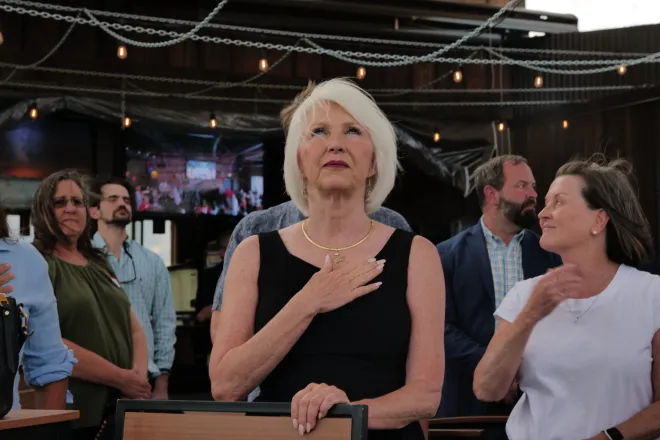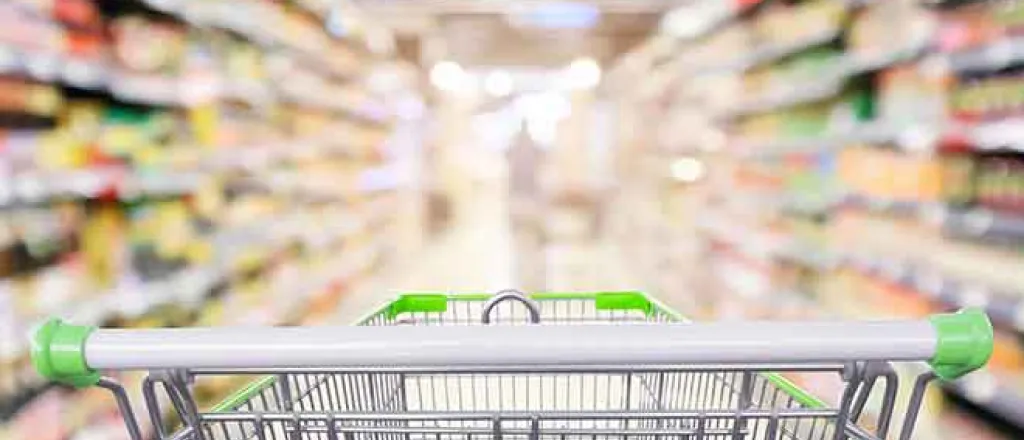
SNAP cuts threaten rural grocery stores in south Texas
In Falfurrias, the county seat of Brooks County in South Texas, the New Covenant Church has hosted a food pantry for over three decades, witnessing the growing demand for food assistance in the region.
“There’s just so much need in our town,” said Pastor Anselmo Villarreal, a co-pastor at New Covenant Church and supervisor of the church’s learning center, describing long lines spilling into the town on Thursday mornings during food distribution events. “I’ve seen the line, 50 people, 75, 100 and we’ve been feeding them.”
“They are local, homegrown guys and families that come,” Villarreal said. “They (also) come from the surrounding ranches…and there’s elderly people and retired people and all kinds.”
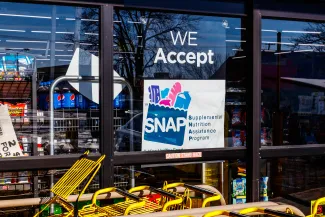
For years, New Covenant Church was the only local food pantry. But as demand has grown, more services have begun to emerge. Now, the church partners with Texas’ larger regional food bank system, which not only distributes food but also helps with enrollment in federal aid programs like the Supplemental Nutrition Assistance Program (SNAP).
In rural South Texas counties, like Brooks, Zavala, and Starr, where grocery stores are scarce and poverty rates are high, SNAP benefits are not supplemental, they are essential.
The recently passed 2025 budget reconciliation bill, however, introduced sweeping changes to SNAP, including cuts to funding, expanded work requirements, and a shift in the cost burden from the federal government to individual states. In rural South Texas counties like Brooks, where roughly 30 percent of residents rely on SNAP, the new policy threatens to deepen food insecurity and strain local grocery stores, worsening already critical food deserts.
“For rural Texas, those independent grocery stores in rural communities become an oasis to a food desert,” said Eric Cooper, CEO and president of the Food Bank of San Antonio which serves some of these counties. “When families have access to a grocery store, they can feed themselves and their families. If they don’t have access to it, nutrition starts to be compromised.”
In 2024, 3.47 million Texans, nearly 12 percent of the state, depended on SNAP for food assistance. But even with this support, nearly 18 percent of Texans and 22 percent of children still experienced food insecurity. Under the new budget bill, Texas will now be responsible for hundreds of millions of dollars in annual SNAP costs, while newly imposed work requirements will create new barriers for Texans to access support.
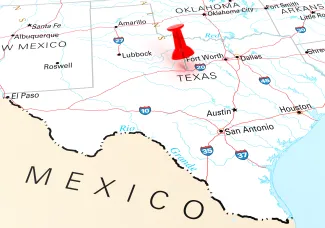
“In Texas, the consequences will be severe,” said Celia Cole, chief executive officer of Feeding Texas, a statewide network of food banks. “The state will be forced to absorb an estimated $806 million annually in new SNAP obligations, placing an untenable strain on our budget and threatening the food security of millions of Texans. Families already struggling to afford groceries, rent, and healthcare will face even greater hardship.”
Zavala, Starr, and Brooks counties are all situated in South Texas, near the US-Mexico border. In Starr, 30 percent of residents were eligible for SNAP as of June 2025 and 45 percent experienced low access to grocery stores, meaning they had to travel over 10 miles to their nearest grocery store. In Zavala, 34 percent of residents were eligible for SNAP and 32 percent experienced low access. In Brooks, 30 percent or residents were eligible for SNAP and 16 percent of residents experienced low access.
Cooper said that in these counties, local grocery stores’ viability is directly tied to SNAP revenue.
“In counties like Zavala, there might be 50 percent of the population that rely on SNAP to put food on their table. With that much of the population, the grocer’s revenue is dependent on those SNAP benefits also,” Cooper said. “If they lose that revenue, that store’s existence starts to be threatened, and if that grocery store were to close, then the residents of those communities will have to drive even farther to more urban cities to be able to purchase the groceries they need to feed themselves and their family.”
The bill also expanded SNAP work requirements to include adults up to age 64 and narrowed exemptions that previously protected veterans, the unhoused, and former foster youth.
Gina Plata-Nino, SNAP deputy director at the Food Research & Action Center (FRAC), said these changes will hit rural communities especially hard because of limited access to child care and informal work economies.
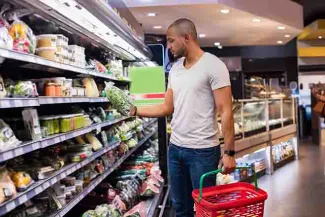
© iStock - Ridofranz
“(The work requirements are) going to be incredibly burdensome for rural communities, because we do know that the majority of individuals on SNAP in rural areas are most likely to work part time, and those that work part time, the main reasons is because of other family obligations and because they don’t have child care,” Plata-Nino said. “These job requirements, they don’t come with a transportation offer, they don’t come with a job offer, they don’t come with a remote option.”
Overall, rural areas heavily depend on SNAP benefits, leaving those grocery stores at greatest risk.
“The biggest SNAP users are rural areas,” Plata-Nino said. “In rural areas, there can be one store within a 120 mile radius. So if that closes, the cost of food increases for a family that now has to travel two hours, when you think of gas, when you think of time, and when you think about access to food.”
“Our members in these communities can have anywhere from 50, 60, 70 percent of their sales from SNAP,” said Stephanie Johnson, vice president of government relations at the National Grocers Association (NGA), an organization representing independent community grocery stores across the country. “That level of SNAP sales in a community indicates a high need for a grocery store.”
Johnson said that SNAP not only sustains grocery stores, but also is essential to the local economies. A May report indicated that SNAP supports nearly 390,000 jobs across the grocery industry, 250,000 of which are in community stores, generating over $10 billion in wages for grocery workers alone.
But Johnson said that grocery stores operate on thin margins and while SNAP may have historically offered a path to sustainability, this new bill creates new uncertainty.
“SNAP historically has been a really stable source of funding,” Johnson said. “In low income neighborhoods and food deserts, SNAP dollars may be enough to completely sustain the grocery store.”
“Our members operate on one to 2 percent net profit margins, so they’re not getting rich off of SNAP,” she added. But with the new SNAP work requirements taking effect immediately, Johnson said NGA expects to see decreasing revenues within the next six months.
Texas already ranks first in USDA low-income, low-access food deserts, but experts warn federal changes to SNAP could worsen food insecurity across rural counties along the border. SNAP cuts, and potential grocery store closures won’t only harm those receiving SNAP, but everyone in these rural counties who depend on local food sources.
“This won’t just affect those that are on SNAP, but also those that are fortunate not to rely on SNAP to put food on their table,” Cooper said. “I think it could create some challenges to where and how people get food.”
The post SNAP Cuts Threaten Rural Grocery Stores in South Texas appeared first on The Daily Yonder.











